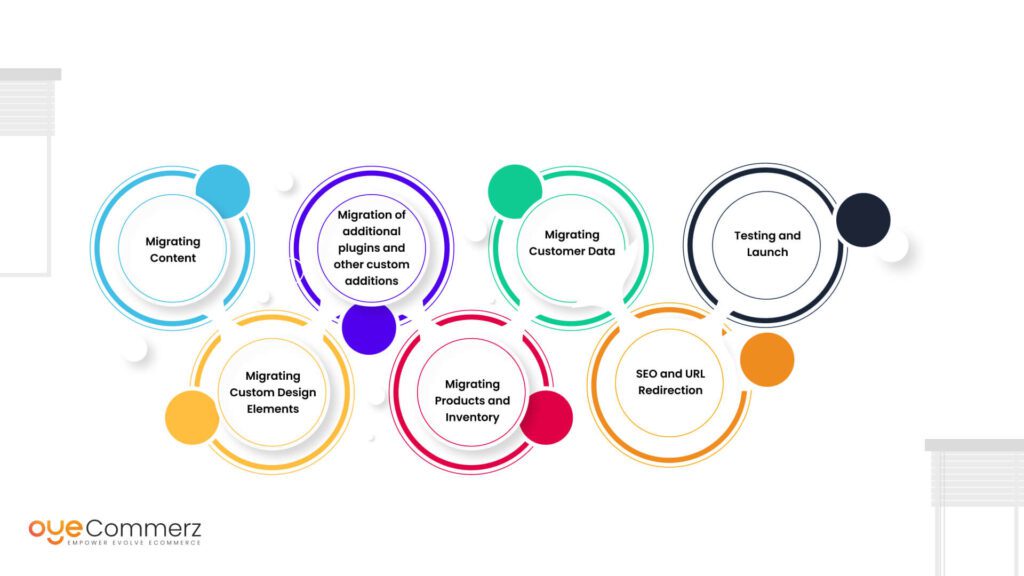In the dynamic landscape of digital commerce, picking the right system is vital for your business's success. If you’re presently using WordPress and considering a migration to Shopify, you’re not the only one. Numerous businesses are switching to leverage Shopify’s robust capabilities, ease of use, and growth potential. This guide will walk you through the process of migrating from WordPress to this platform effortlessly, ensuring that you unlock your eCommerce potential.
Why Transition from WP to this platform?
Before exploring the migration process, it’s crucial to understand why this shift can be helpful for your digital storefront:
User-Friendly Interface: Shopify provides an intuitive dashboard that streamlines store operations, making it easier for non-technical users.
Growth Potential: As your brand grows, Shopify can support higher traffic and sales without sacrificing efficiency.
Integrated Features: Shopify provides built-in resources for SEO, analytics, payment processing, and more, reducing the need for multiple plugins.
Advanced Safeguards: With Shopify, you get access to robust security features that safeguard sensitive customer details.
Steps for a Seamless Migration
Migrating your eCommerce site from WP to Shopify includes key steps.
Here’s the way to achieve a smooth transition:
Prepare Your Migration Plan
Kick-off by drafting your migration blueprint. Decide on which aspects of your present site you wish to migrate, such as:
Item details
Customer information
Order history
Articles
Pick the Right Migration Package
Considering your needs, opt for a migration package that aligns with your business. Professional services delivers various options:
Basic Migration Package: Perfect for boutique stores with fewer products.
Standard Migration Package: Suitable for growing businesses with more complex needs.
Premium Migration Package: Excellent for larger stores demanding broad customization.
Save Your Content
Prior to starting the migration, guarantee that you have a comprehensive backup of your WP site. This step is critical in the event anything goes wrong during the move.
Export Your Information from WP
Utilize tools or eCommerce migration guide alternative solutions to export key data from your WP site:
Items
Customers
Orders
Articles
Upload Information into Shopify
After you have your data retrieved, use Shopify’s import tools or external apps to transfer your content into your Shopify store. Confirm that all information is correctly organized and arranged.
Adapt Your Shopify Platform
Once uploading content, customize your Shopify security features Shopify platform’s design to reflect with your brand identity. Consider hiring a designer if you want complex customization.
Establish Payment Gateways and Logistics
Set up transaction methods and logistics options in Shopify to facilitate a smooth purchase experience for customers.
Adopt SEO Standards
To preserve your online visibility during the migration:
Implement 301 redirects from previous URLs to migrated ones.
Update meta tags.
Optimize images and text for search engines.
Test Your New Store
Before launching, extensively test your new store. Check for any discrepancies, checkout failures, or untransferred content.
Launch Your Platform
After everything is in order, it’s the opportunity to go live! Inform the change to your users and encourage them to explore the new offerings of your Shopify store.
Post-Migration Assistance
Post launching your updated store, continued assistance is important. Consider engaging service providers who can help with:
Technical support
Promotional campaigns
Improvement strategies
Conclusion
Migrating from WP to Shopify can be a crucial decision for your online retail. By following this guide and leveraging experts like those offered by industry leaders, you can achieve a seamless transition that improves your online presence. Accept the change and realize the potential of Shopify today!
